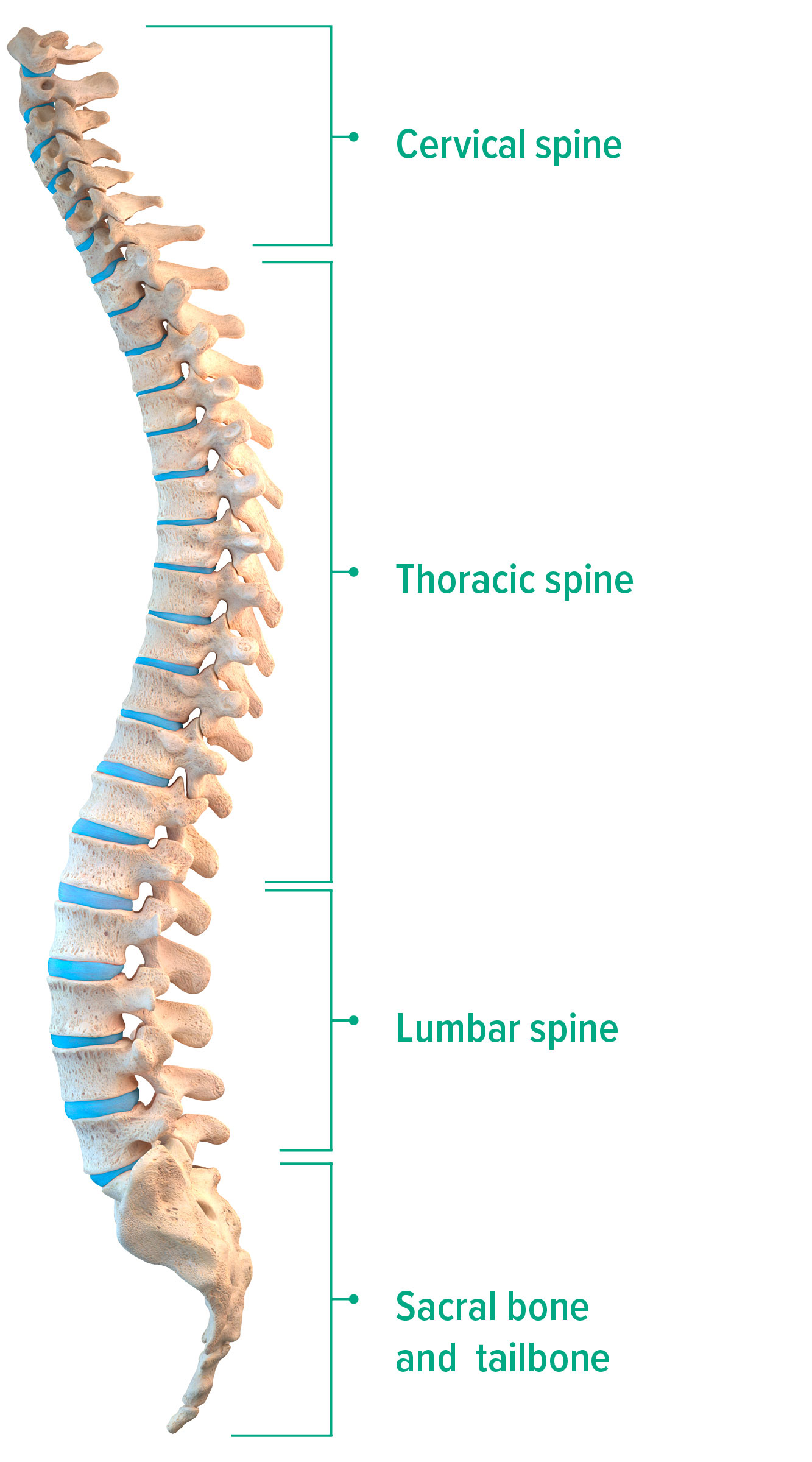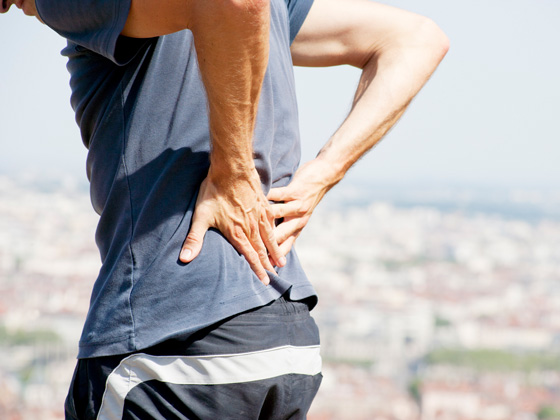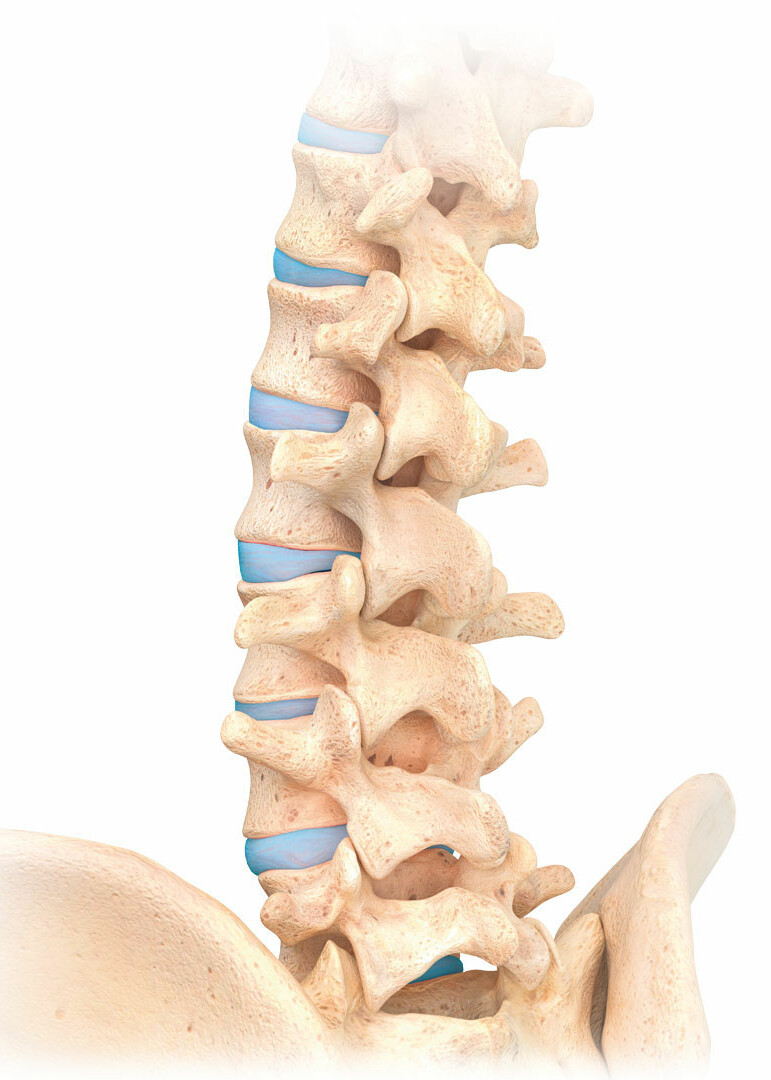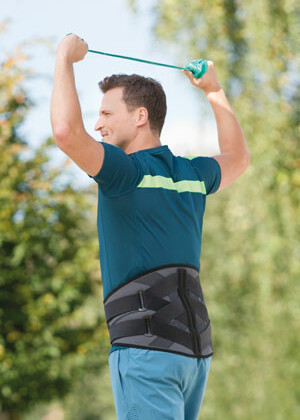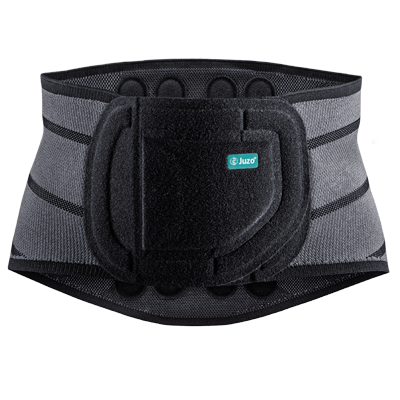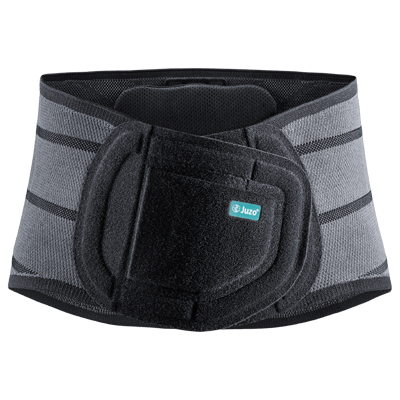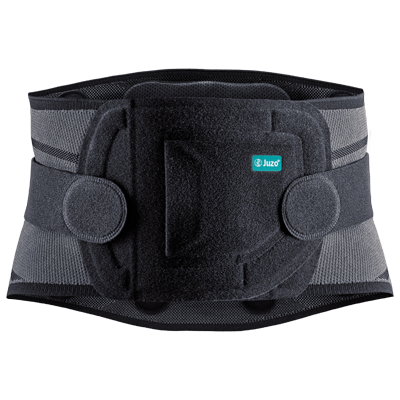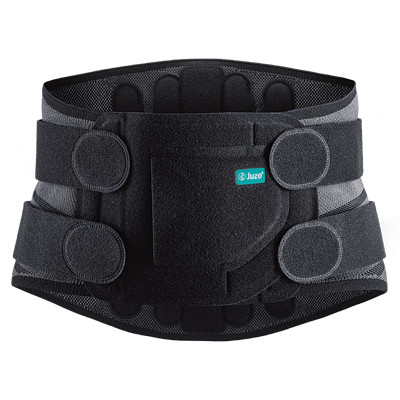2. Treatment of back pain with medication
A physical imbalance often can lead to back pain. For instance, this pain may give rise to a relief posture that can trigger further pain. This vicious cycle of pain, restriction of movement and tension can be interrupted by treating pain with medication.
Inflammatory rheumatic diseases such as rheumatoid arthritis trigger specific back pain that can be treated with special medication. Muscle-relaxing medications can also break this vicious cycle, particularly if the tension is the primary cause of pain. You should absolutely consult your doctor before taking medications, since there may be contraindications that argue against the ingestion of such medications depending on the circumstances.
Anyone who takes medication without consulting a physician for longer periods of time or exceeds the recommended dosage is at risk of serious consequences.
In all cases you should consult your physician to find out which medication is most effective and low-risk for your back pain. If you experience side effects, consult a medical professional immediately. The right medication for pain therapy is highly individual and is determined by the attending physician.
3. Surgery for back pain
Surgery is only necessary immediately in exceptional cases such as serious spinal injuries with a risk of spinal cord damage, otherwise plans can be made for the medium term after weighing the necessity and risks.
The most common back surgeries are interventions on the intervertebral disc and for narrowing of the spinal channels (spinal canal stenosis). In the last two decades, minimally invasive microsurgical intervention has become an established practice.
However, surgery alone is not enough. Aftersurgery, physical therapy is important for building muscles and recovering physical sensations. Balance, bending, turning and lifting all need to be trained along with walking exercises. Especially in the first weeks, spine orthoses can help to maintain the results of surgery. Whether outpatient treatment or inpatient rehabilitation is more beneficial must be decided on an individual basis.

